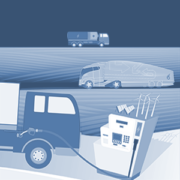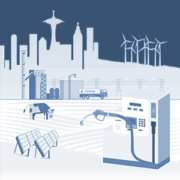Accentuating the positive?
Estimating emissions associated with indirect land use change (ILUC) is a fundamental part of analysing the likely net GHG emissions impacts of biofuel mandates, and in some regulations (e.g. U.S. Renewable Fuel Standard, California Low Carbon Fuel Standard and ICAO’s CORSIA) estimates of ILUC emissions associated with specific feedstocks have been integrated into regulatory lifecycle […]








